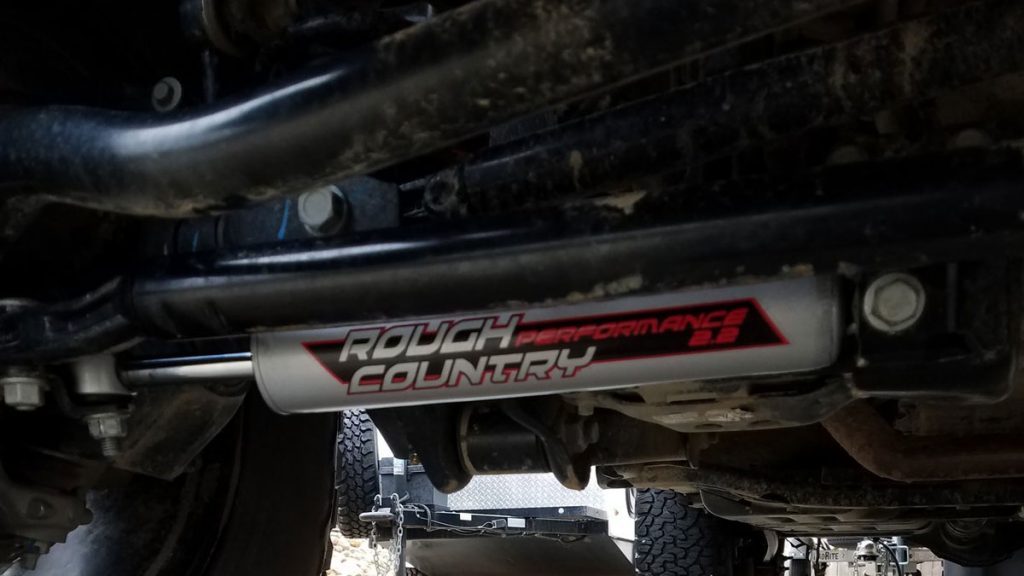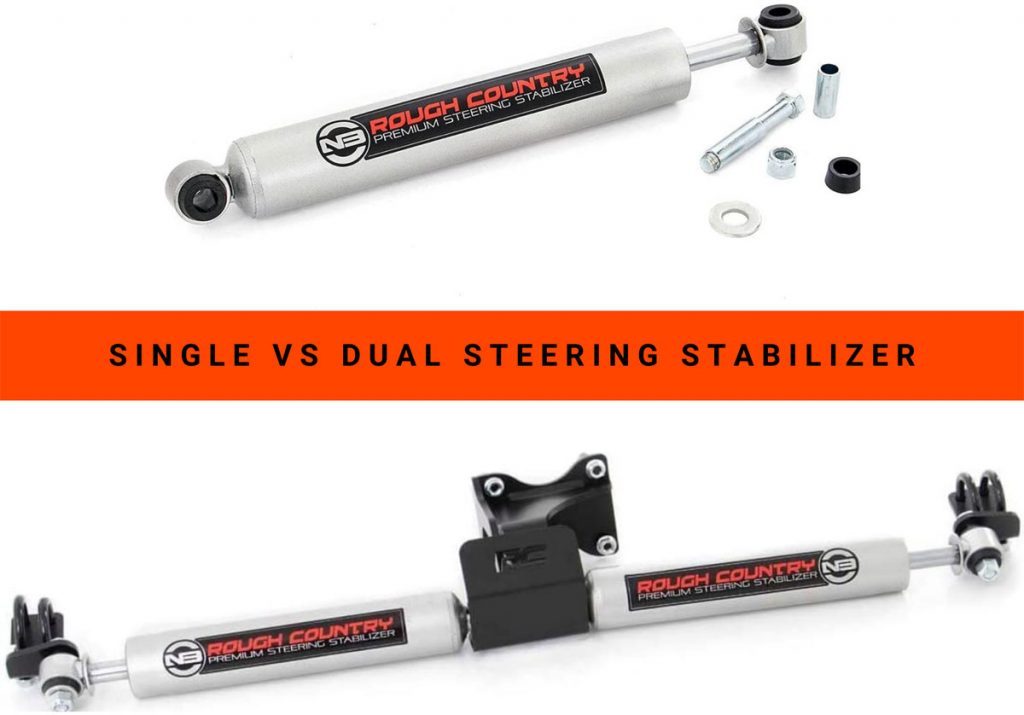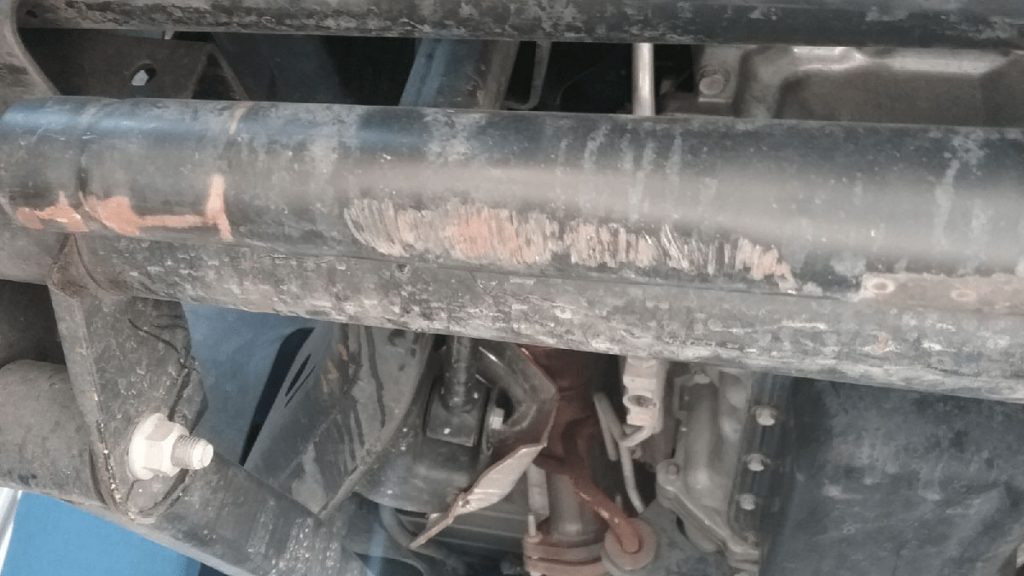It takes more than an axle at maximum droop and a tape measure to determine the proper length for aftermarket shocks. Many aspects must be taken into account. If you are struggling with that, that’s a pain! So, let’s learn How to Measure Shocks Length?
This is what put us here together to learn about these measurements. Take a deep breath as you need to give some moments to absorb all the information.
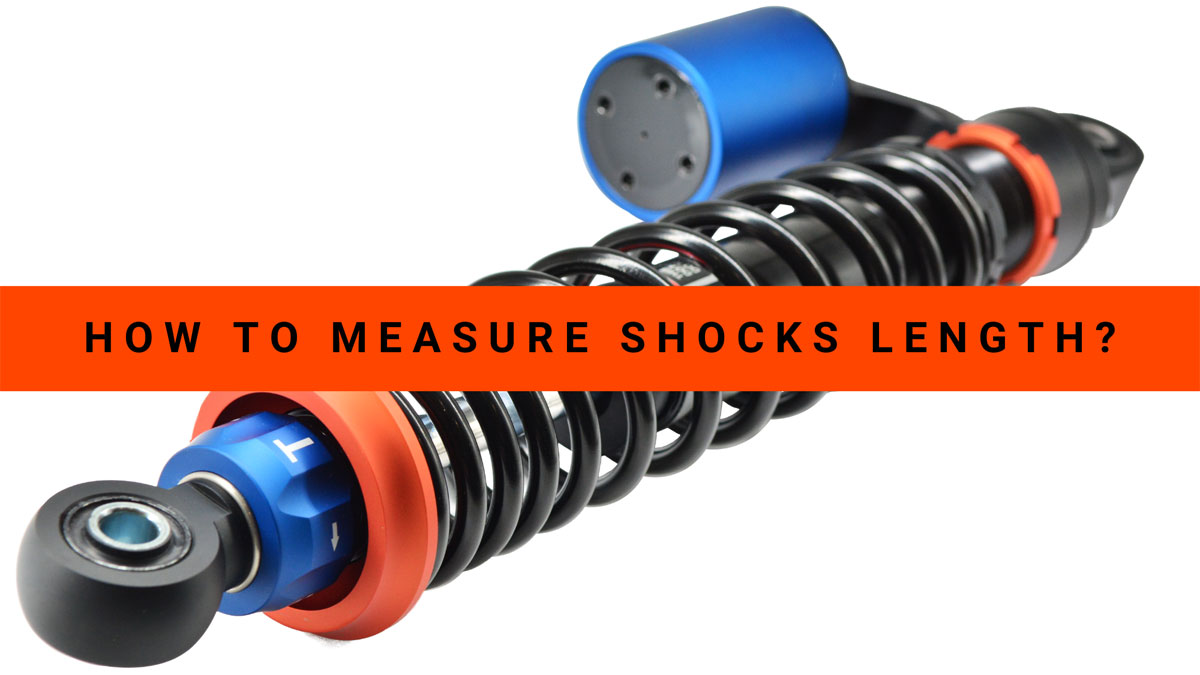
The extended or collapsed lengths of a shock are calculated from the midpoint of the looped mount or the bottom of the stud mount. Remove the shock from the car and allow it to stretch. Or you can pull it to its fully stretched position and measure it. The length and fitting of shocks are not universal. Careful, one mistake can put you in trouble afterward.
How To Find The Right Size
You’ve changed the springs on your vehicle. Now the requirement is to adjust the size of shocks that you have.
I’ve gathered everything for you on exactly how to measure a shock.
The first move is to determine your extended length.
The extended length refers to the overall length of the shock at its maximum point. It’s measured from one mounted center to another.
You need to look out to not overstretch the brake lines.
Exceed legal driveshaft angles, or enable the coil spring to dislodge, when selecting one.
It’s also necessary to keep track of the shock’s motion ratio.
Next, measure the shock’s collapsed length.
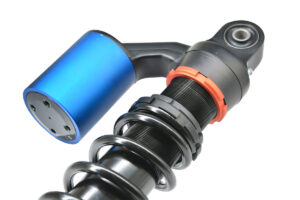
It is the length of a shock at its lowest point. You need to watch over some features while monitoring for collapsed length.
Chassis interference, overwrapping of leaf packs, and coil binding on a coil suspension are the features.
In most cases, fitting longer shocks necessitates a matching alteration in the position of the bump stop.
This is because the further a shock travels, the longer the compressed length becomes. This is why bump stop extensions are frequently included with lift kits by suspension manufacturers.
It’s best to consider the entire length of the bump stop when calculating for collapsed length, as most original equipment bump stops will compress at least 13-12% of their height.
Now you can find the right size for your shocks as you’ve learned how to measure shock length.
Calculating the Right Shock Absorber
You can use a shock absorber size calculator to find the right one. It’s not as tough as you’re thinking. You just have to follow the steps I’ve mentioned.
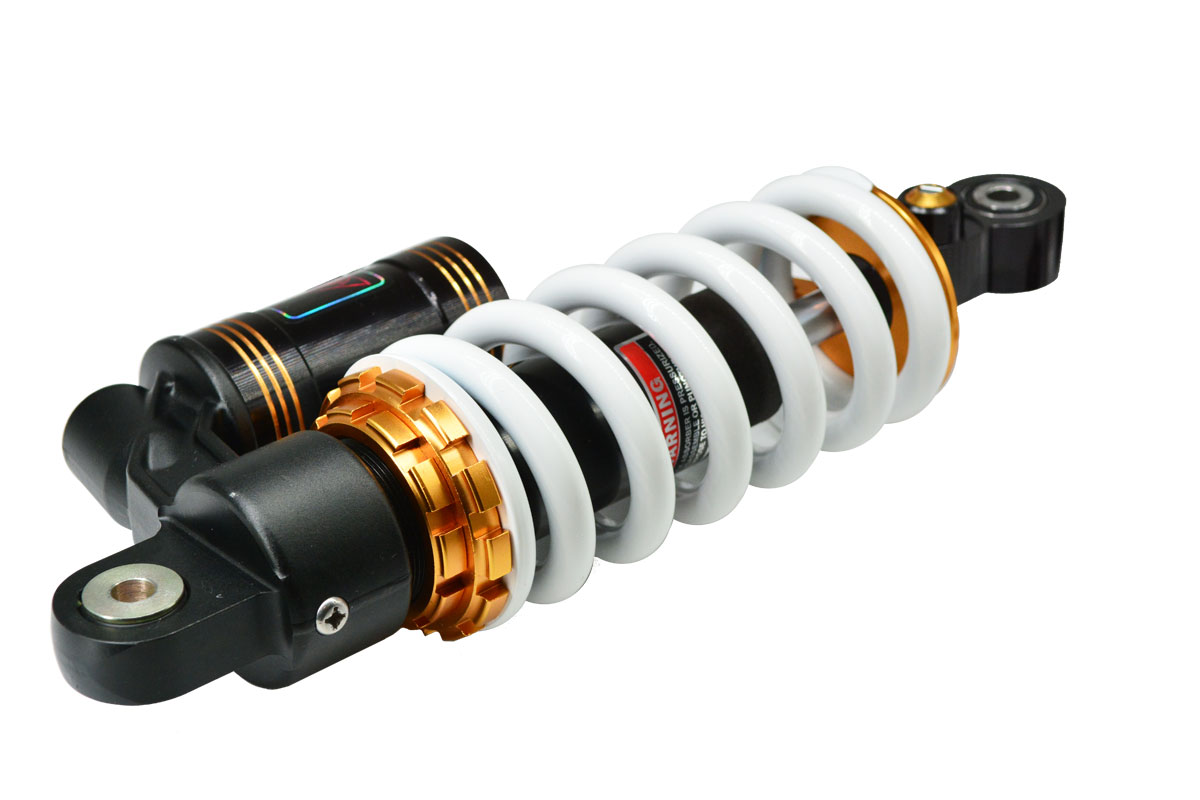
Step 1 of 4: Choosing the Appropriate Absorber
The first step in choosing the correct shock absorber is to figure out which way the shock absorber will be installed.
Vertically mounted, horizontally placed, obliquely placed, and rotational shock absorbers are all considered in the calculations.
Because each case has its own set of characteristics, there isn’t a single configurator for each option.
A further option is available throughout the selection process to provide customer-specific solutions.
Step 2 of 4: Describing the Incident
A specification can be chosen for each placement choice and is required to arrive at the final total and configured proposal.
It is possible to perform a more exact computation by specifying the configuration.
There are various alternatives based on the position. The positions are vertical, horizontal, oblique, or rotation.
Step 3 of 4: Entering information
Now you’ve come to the step where you’ll enter the required information.
The manufacturer will calculate the proper shock absorber based on the information. The type of data this is depends on the situation.
This shock absorber flow chart explains abbreviations and various parts. It also provides part calculations. This file also contains the calculations for the propulsive force value.
The variables K and R are requested along with several possible placements. The distance in meters between the damper’s center and mass is known as R. K is the center-to-center distance between the hinge’s center and the mass.
Step 4 of 4: Selecting A Model
The final option inside the configurator is to select a model type.
As a standard, the configurator suggests variable shock absorbers. They mostly are adjusting types.
Detailed tuning can still be done during the prototype stage. Following that, dampers with fixed values can be ordered.
This concludes our discussion. These steps will take you to your desired goal. You can now keep your question on how to measure rear shock length at rest.
Conclusion
After all of that, I hope that you’ve got all your answers on how to measure shocks. Look after everything you’re paying for.
Keep an eye out for replacement, and service policies. This will keep any unexpected costs associated with your shocks to a minimum.
Resources

